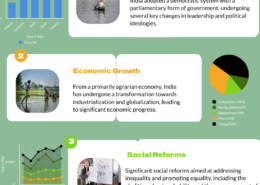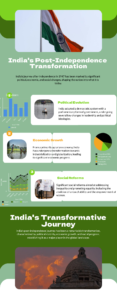The Pradhan Mantri Fasal Bima Yojana (PMFBY) has been instrumental in providing crop insurance to farmers in India, aiming to mitigate the financial risks associated with crop failures due to natural calamities. While it has expanded coverage and reduced premium rates, the effectiveness of PMFBY isRead more
The Pradhan Mantri Fasal Bima Yojana (PMFBY) has been instrumental in providing crop insurance to farmers in India, aiming to mitigate the financial risks associated with crop failures due to natural calamities. While it has expanded coverage and reduced premium rates, the effectiveness of PMFBY is mixed due to several challenges.
**Challenges:**
1. **Delayed Claims Settlement**: One of the major issues is the delay in the settlement of claims, which undermines farmers’ trust and defeats the scheme’s purpose of providing timely financial relief.
2. **Awareness and Accessibility**: Many farmers, especially small and marginal ones, are not fully aware of the scheme’s benefits or the process of enrolling and claiming insurance.
3. **Implementation Gaps**: Inefficiencies at the administrative level, including inaccurate yield data and inadequate infrastructure, hinder effective implementation.
4. **Private Sector Participation**: Reliance on private insurance companies, who sometimes prioritize profit over farmers’ welfare, can lead to higher premiums and limited coverage.
**Improvements:**
1. **Streamlining Claims Process**: Implementing technology-driven solutions like satellite imagery and remote sensing can expedite and accurately assess crop damage, ensuring quicker claims settlement.
2. **Increasing Awareness**: Conducting widespread awareness campaigns and training programs can help farmers understand and effectively utilize the scheme.
3. **Strengthening Infrastructure**: Investing in better data collection and monitoring systems can improve implementation efficiency.
4. **Policy Adjustments**: Ensuring that insurance terms are more farmer-friendly and reducing the dependence on private insurers by enhancing public sector involvement can make the scheme more inclusive and effective.
By addressing these challenges, PMFBY can better achieve its goal of providing robust financial protection to India’s farmers.
See less


There are several measures that can be implemented to enhance transparency and accountability in government decision-making processes: Open Government Data: Governments should proactively publish comprehensive, machine-readable data on their activities, budgets, and decision-making processes. This oRead more
There are several measures that can be implemented to enhance transparency and accountability in government decision-making processes:
At the local level, citizens can effectively participate in promoting ethical governance through the following measures:
See less